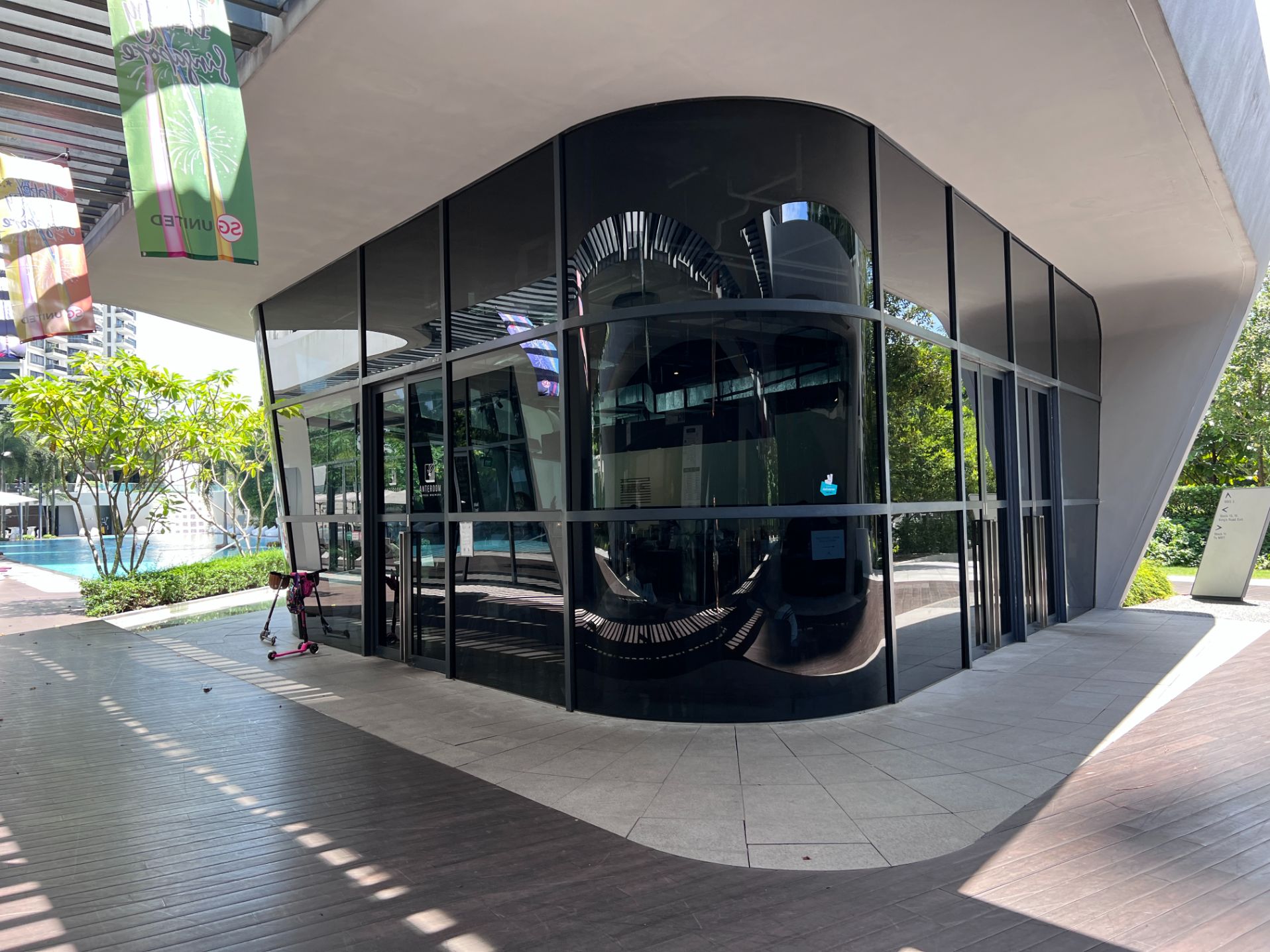Comparing Sentosa Cove Condos To District 9/10 Properties: How Much Cheaper Are They Today?

Get The Property Insights Serious Buyers Read First: Join 50,000+ readers who rely on our weekly breakdowns of Singapore’s property market.
A seasoned content strategist with over 17 years in the real estate and financial journalism sectors, Ryan has built a reputation for transforming complex industry jargon into accessible knowledge. With a track record of writing and editing for leading financial platforms and publications, Ryan's expertise has been recognised across various media outlets. His role as a former content editor for 99.co and a co-host for CNA 938's Open House programme underscores his commitment to providing valuable insights into the property market.
The resurgence in Sentosa Cove condos, in August this year, is one of the more unexpected events in the property market. Besides a decade of decline, the combination of ABSD and weak rental prospects offered no silver lining. Despite this, transactions have seen a sharp recent spike. We keep hearing the reason is the price decline over the years, which now makes the area palatable; so we did a quick comparison to see how low it’s really gotten:
What is happening at Sentosa Cove right now?
Sentosa Cove has had an unusually good year, with 103 transactions between January to mid-August. 85 of these were for non-landed properties, and 18 for landed; this is already an 84 per cent increase in volume from last year (43 condos and 13 landed previously).
We’ve actually been keeping an eye on Sentosa Cove (the landed side at least), since the start of the year; and as we mentioned in the earlier article, Sentosa Cove has trended downward in price and volume for around a decade at this point.
It was expected that at some point, it would be attractive enough for buyers to move back in. We didn’t think, however, that it would happen this soon; or that it would happen during Covid-19 of all times.
How much cheaper is a Sentosa Cove property, exactly?
As Sentosa Cove is a luxury area, it makes more sense to compare it to similar districts, with similar property types. As such, we’ve compared it against Districts 9 (Orchard) and 10 (Holland, Bukit Timah).
We’ve compared this over a period from the start of 2016, to around the present (nearing the end of August). We’ve kept comparisons to resale transactions only, to avoid skewed data from new launches, and based it on median price psf.
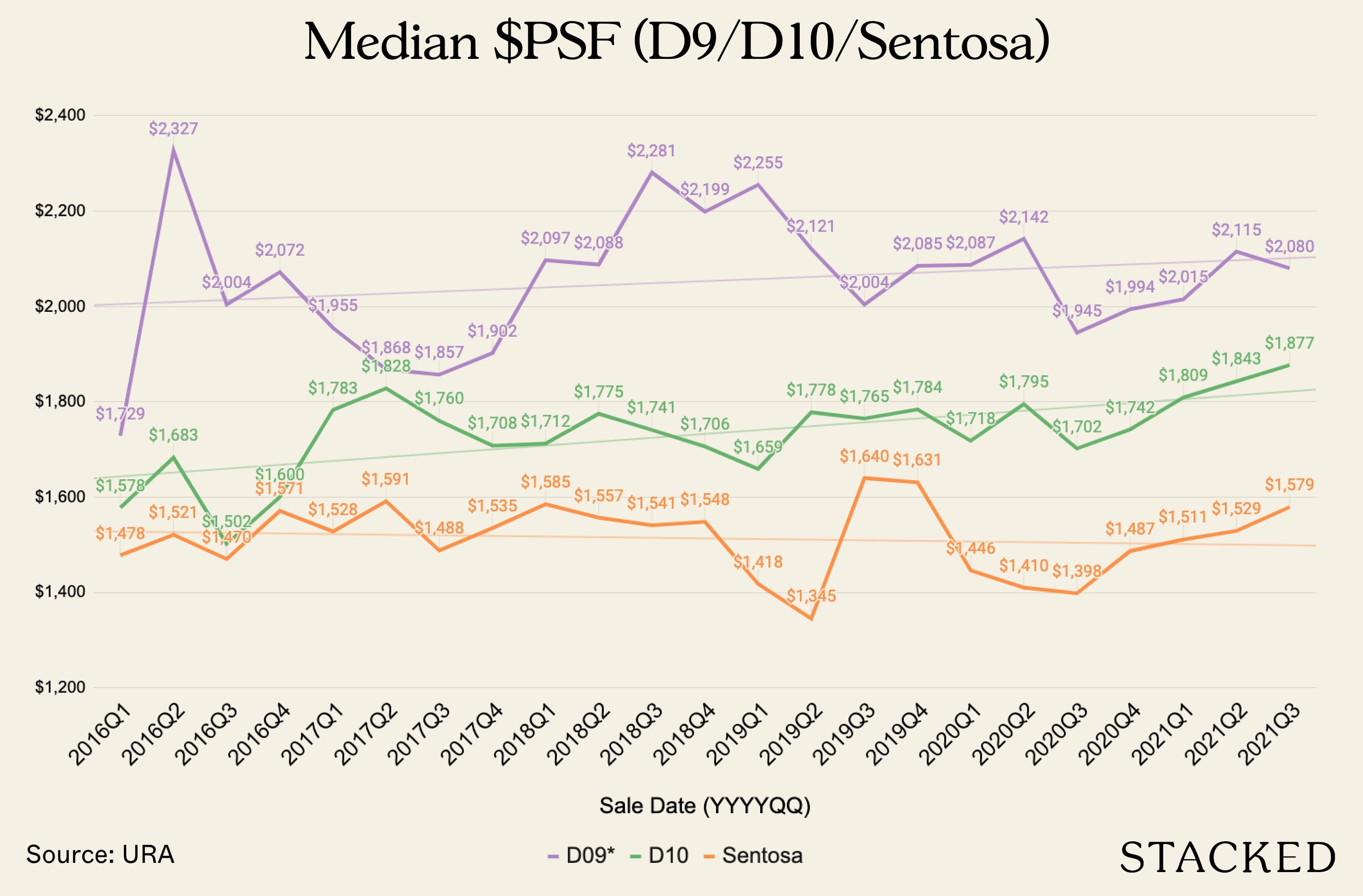
To put Sentosa’s median price of $1,579 psf in context, consider that – back in 2007 – buyers of developments like Turquoise would have paid over $2,600 psf. Today, recent purchases here have gone as low as $2.74 million, for a massive 2,088 sq. ft. unit (that’s nearly half off, if you’re keeping tabs).
The lack of new developments in Sentosa Cove is also a possible factor
New launch developments are always priced higher than existing counterparts. However, this has a knock-on effect, and eventually helps to pull up prices of surrounding resale units as well.

Sentosa Cove proper has not seen a new launch, for many years (while there have been new launches in District 4, these have mainly been around the HarbourFront area).

New Launch Condo ReviewsThe Reef At King’s Dock Review: Singapore’s First Condo With A Floating Deck
by Matt KNonetheless, some realtors will position this as an advantage. They will point out that there’s little room for more new launches, and this means there’s less competition in terms of resale or rental. We’re uncertain of how true this is – it may be relevant to mass market condos, but in our experience, luxury property seldom runs into oversupply problems.
With landed homes, however, there are a mere 350 bungalows on Sentosa – and this can create scarcity value among affluent foreign buyers.
Being a purely leasehold area is still an issue for Sentosa
The graph above is for all tenure types; but we feel that Sentosa’s negative trendline, relative to Districts 9 and 10, maybe due to having only leasehold properties.
Note that when we don’t differentiate between freehold and leasehold, there is a widening gap between Sentosa and District 9 and 10 properties, in terms of price psf. But if we were to restrict comparisons to just leasehold properties, Sentosa has mostly kept pace with leasehold counterparts in Districts 9 and 10.
More from Stacked
With A $1.9 Million Budget Is Ki Residences or Fourth Avenue Residences A Better Choice?
Hello, Stacked homes,

Other factors that could boost Sentosa Cove interest
The ABSD, which imposes a 20 per cent tax on foreign buyers, usually works against Sentosa Cove. However, expectations of renewed cooling measures could temporarily work in its favour.
On the ground, some realtors pointed out that foreign buyers are the first to be targeted when ABSD rises. Initial implementation of ABSD, in 2011, was 10 per cent of the price or value (whichever is higher) on foreign buyers.
By 2013, it was revised to 15 per cent. By 2018, it had risen even further to 20 per cent.
As such, many foreign investors, who have been eyeing Singapore for some time, may have decided to buy before ABSD rises again.
Note that for landed property, foreigners cannot buy on the mainland without special permission from Singapore Land Authority (SLA). Almost all their landed purchases end up in Sentosa Cove, helping to boost transaction volume.
For landed homes, most realtors we spoke to feel that demand from locals is still not high, when it comes to Sentosa Cove.
They said that Singaporeans prefer freehold landed property, which is only available on the mainland. The buyer demographic able to afford Sentosa Cove properties are more inclined toward homes like Good Class Bungalows (GCBs).
According to Realis caveats data, Singapore citizens have bought only six bungalows in Sentosa Cove, as of mid-August 2021. Most buyers have come from China, who are unfazed by 99-year leases; these buyers have similar restrictions on most properties back home.
Does this mean now is the right time to buy a Sentosa Cove home?
As a matter of pure homeowner indulgence, there are few objections to be made. If you want seafront views and golf courses, and luxury living, you’d probably pay even more for it by choosing property on the mainland.

The only real drawback we see is the lower accessibility, and the fact that many day-to-day delivery services (e.g., food delivery) won’t send drivers all the way to Sentosa. This could be a real pain, while Covid-19 still rages.
As another plus point, Sentosa Cove provides home sizes that you’d be hard-pressed to find on the mainland. You’re unlikely to find many 2,000+ sq. ft. condos outside of Singapore, barring older resale units.
As an investment, however, Sentosa Cove is still seen as less of a stable one. Freehold properties in Districts 9 and 10 have demonstrated better potential for gains, and they tend to have higher rentability (even if you’re catering to wealthier tenants, don’t assume all of them like driving all the way from Sentosa Cove to the CBD).
Also, Covid-19 raises the possibility that smaller numbers of foreigners will be entering Singapore; and that even large corporations might be slashing housing allowances, depending on how bad business gets. Luxury rental properties will be the first to bear the brunt of this.
For more updates as the situation unfolds, follow us on Stacked. You can also follow us to get the most in-depth reviews of new and resale properties alike.
you’d like to get in touch for a more in-depth consultation, you can do so here.
Ryan J
A seasoned content strategist with over 17 years in the real estate and financial journalism sectors, Ryan has built a reputation for transforming complex industry jargon into accessible knowledge. With a track record of writing and editing for leading financial platforms and publications, Ryan's expertise has been recognised across various media outlets. His role as a former content editor for 99.co and a co-host for CNA 938's Open House programme underscores his commitment to providing valuable insights into the property market.Read next from Property Market Commentary
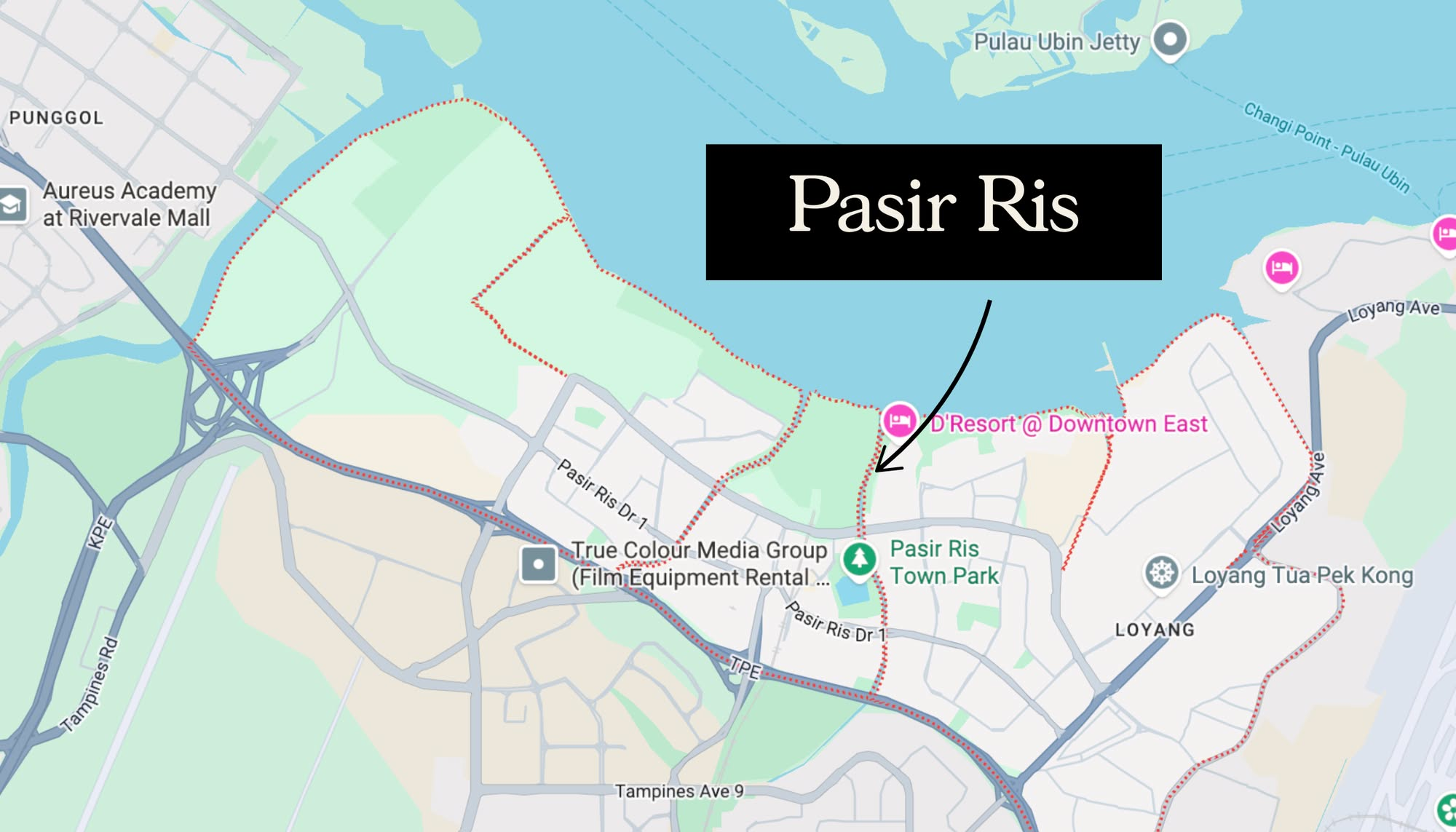
Property Market Commentary Why More Young Families Are Moving to Pasir Ris (Hint: It’s Not Just About the New EC)
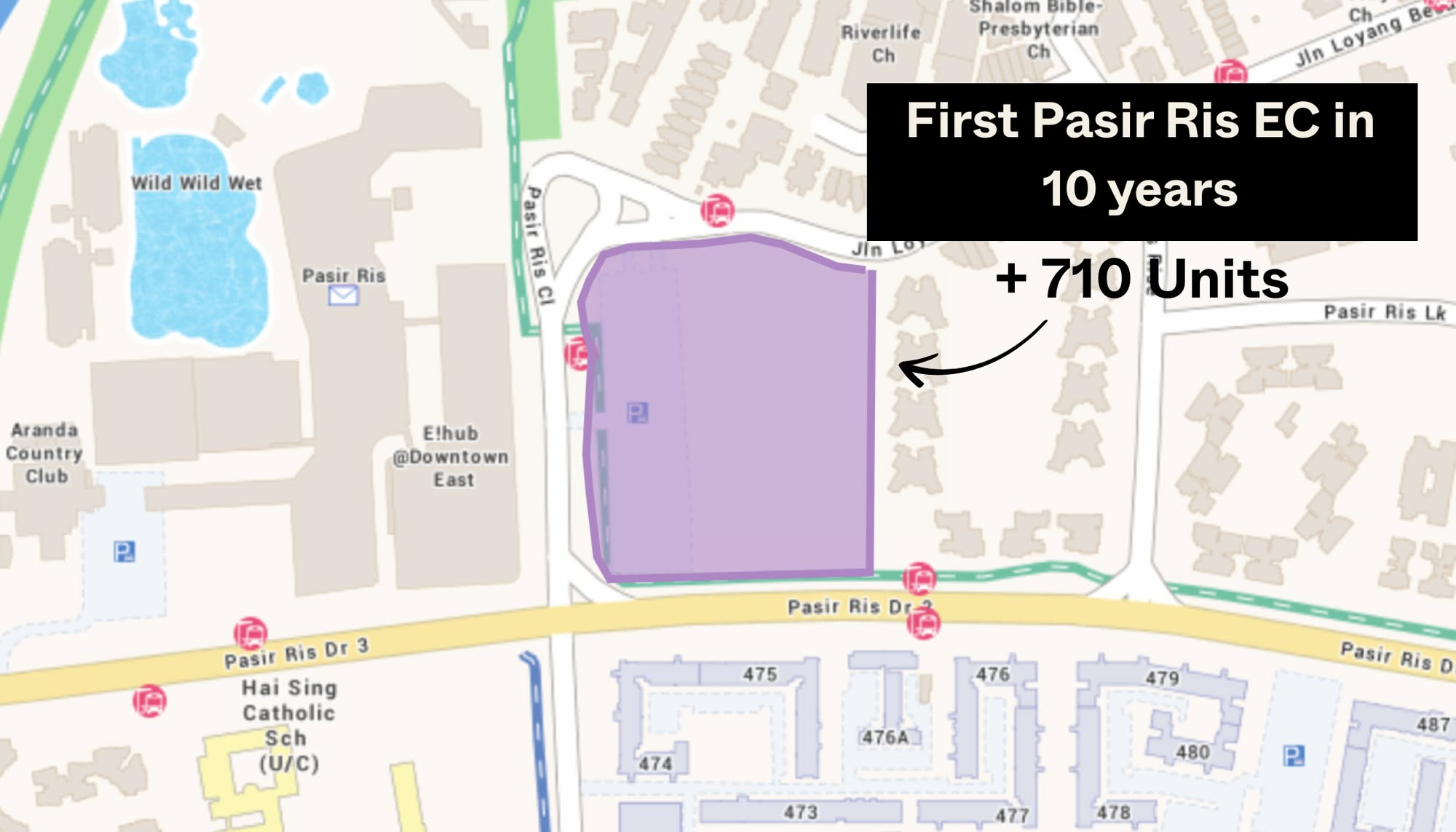
Property Market Commentary This Upcoming 710-Unit Executive Condo In Pasir Ris Will Be One To Watch For Families

Property Market Commentary Which Central Singapore Condos Still Offer Long-Term Value? Here Are My Picks

Property Market Commentary Springleaf Vs Faber Walk: Which Future GLS Residential Site Has More Potential?
Latest Posts

Pro We Compared New Vs Resale Condo Prices In District 10—Here’s Why New 2-Bedders Now Cost Over $600K More

Singapore Property News They Paid Rent On Time—And Still Got Evicted. Here’s The Messy Truth About Subletting In Singapore.

New Launch Condo Reviews LyndenWoods Condo Review: 343 Units, 3 Pools, And A Pickleball Court From $1.39m

Landed Home Tours We Tour Affordable Freehold Landed Homes In Balestier From $3.4m (From Jalan Ampas To Boon Teck Road)

Singapore Property News Is Our Housing Policy Secretly Singapore’s Most Effective Birth Control?

On The Market A 10,000 Sq Ft Freehold Landed Home In The East Is On The Market For $10.8M: Here’s A Closer Look
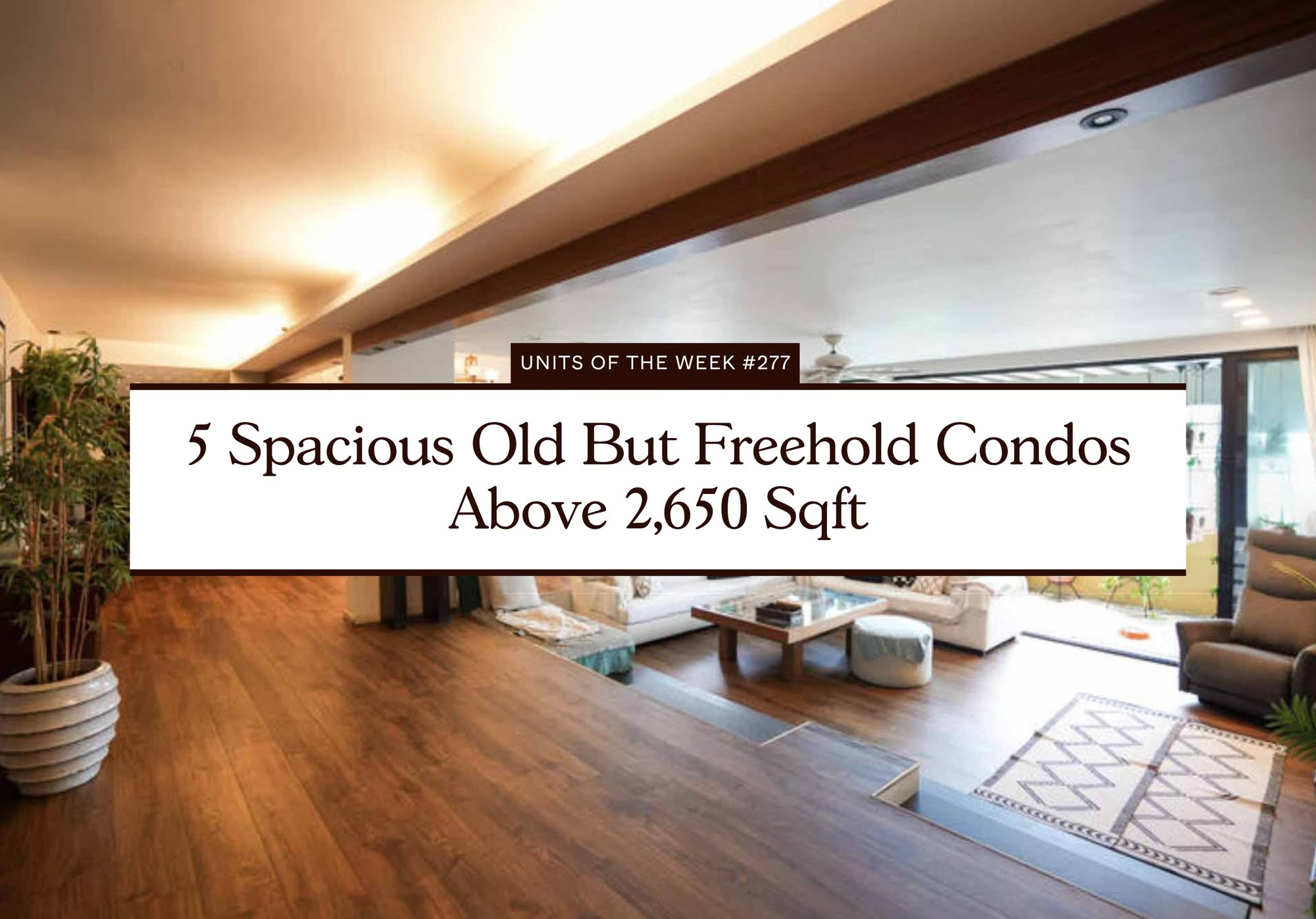
On The Market 5 Spacious Old But Freehold Condos Above 2,650 Sqft

Property Investment Insights We Compared New Launch And Resale Condo Prices Across Districts—Here’s Where The Price Gaps Are The Biggest

Pro Similar Layout, Same District—But Over $500K Cheaper? We Compare New Launch Vs Resale Condos In District 5

New Launch Condo Analysis The First New Condo In Science Park After 40 Years: Is LyndenWoods Worth A Look? (Priced From $2,173 Psf)

Editor's Pick Why The Johor-Singapore Economic Zone Isn’t Just “Iskandar 2.0”

Editor's Pick URA’s 2025 Draft Master Plan: 80,000 New Homes Across 10 Estates — Here’s What To Look Out For

Pro Analysing Forest Woods Condo at Serangoon: Did This 2016 Project Hold Up Over Time?

Property Advice We Ranked The Most Important Things To Consider Before Buying A Property In Singapore: This One Came Top

Editor's Pick Where To Find Freehold Terrace & Semi-D Landed Homes From $4.85 million In The East
